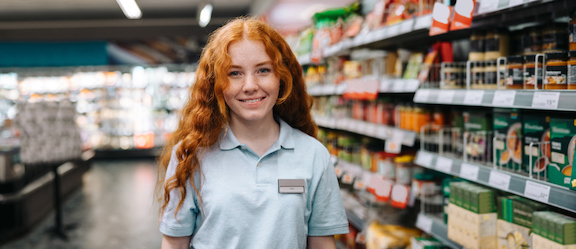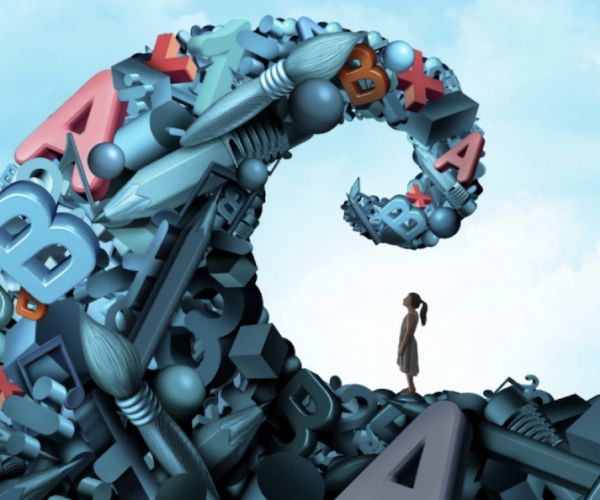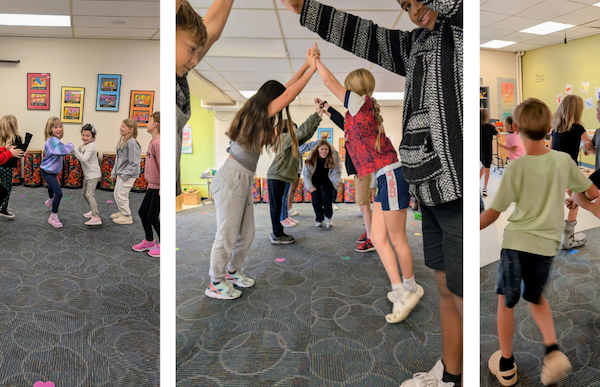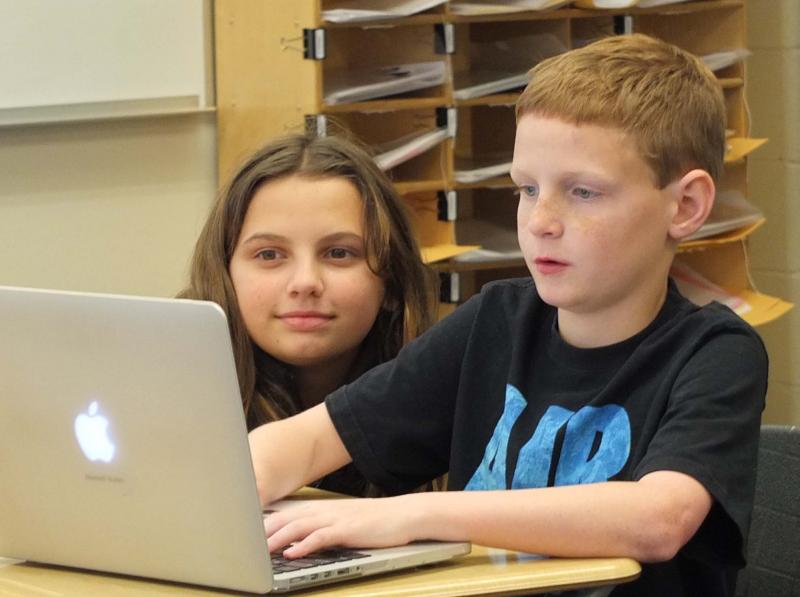
Building Resilience Boosts Success: Structured Style
February 10, 2016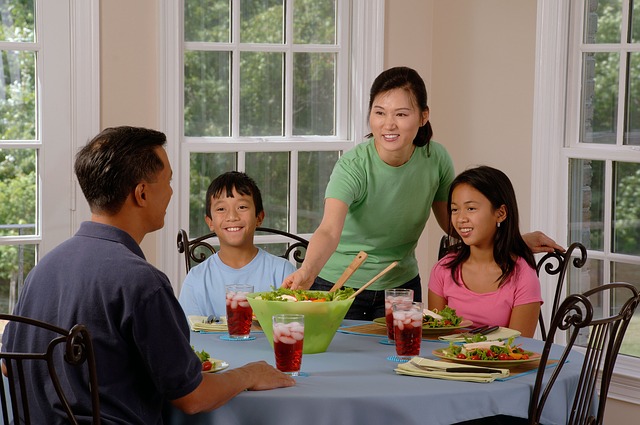
Building Resilience Boosts Success: Family Cohesion
February 24, 2016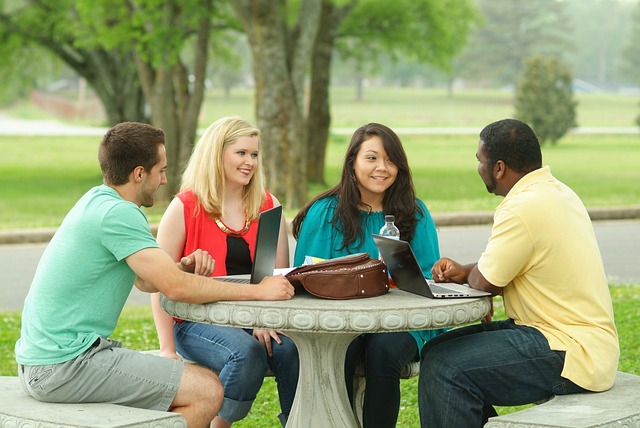
Social Competence—Levels of social warmth and flexibility, ability to establish friendships, and the positive use of humor.
Social Resources—Availability of social support, whether they have a confidante outside the family, and whether they may turn to someone outside the family for help if needed.
To this point in the series on resilience, I have covered the first two factors individually. In this post, I will cover both social competence and social resources as they do play such a vital role in relation to each other and such a vital role in the lives of adolescents. I don’t think the fact that peer groups are important comes as a surprise to anyone, but there are things we can do to foster more positive social worlds for adolescents.
For the sake of simplicity, let’s just say that social competence is the ability to make friends and that social resources is the quality of those friends (are they a good influence?). By identifying peer groups in this post as social resources, I am intentionally leaving out some other important resources: teachers, mentors, bosses, neighbors, community leaders, etc. who can all play an important role in the value of the social environment. However, at this age, peer groups can sometimes trump the influence of those other resources, so I want to draw attention to the importance of both raising competence and resources as components of overall resilience. It is possible for an adolescent to be really high in social competence (easy to make friends) but really low in social resources (friends are bad influences) and visa versa. By keeping both in mind, we don’t lose sight of both in relation to each other.
Springer is committed to serving students with learning disabilities, and we realize that a commitment to developing the whole person is vital to increasing chances of success for students in a collaborative world. It is vital to help students identify positive social resources while fostering confidence in their own social competence. With that aim, Student Development courses cover topics like empathy, friendship, mindfulness, and what it means to be an ally. Classroom teachers consistently reinforce the concept of partnership to increase flexibility, respect, and the ability to build relationships with different peers. Many studies (including mine) have also shown service learning to be an effective tool to build both social competence and the ability to identify good social resources, so our participation with Magnified Giving, in which students research and select charitable organizations to receive additional support, is important work. The community model inspires social growth while understanding that when problems arise, there will be guided work to help students find growth-oriented and positive social solutions.

At home, it is important to model positive social relationships. Also, it is important to monitor social relationships and help young people identify positive social resources, especially for those who may be low in social competence and have a hard time reaching out for support. Encouraging young people to participate in established social environments can also help build both competence and resources; team sports, faith-based activities, charitable work with a friend or mentor, and enrichment activities such as LEGO leagues or Scouts are just a few ideas that can help raise resilience in the social factors.
While I have brought in the influence of family or the home environment in each of the previous posts on personal and social factors, I will solely be speaking about the impact of family cohesion in my fifth and final post in this series. See you next week!
Blogger Jason T. Mott, Ed.D., shares his expertise in raising resilience for young adolescents and improving learning outcomes for K-12 students. If you have questions, please contact Director of Learning Programs Carmen Mendoza at .

